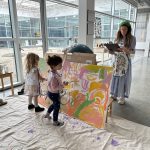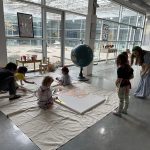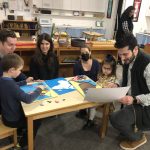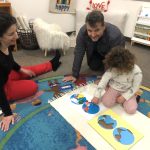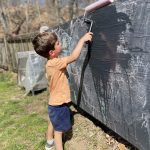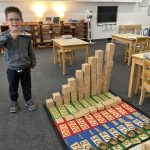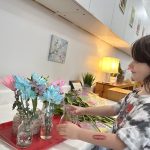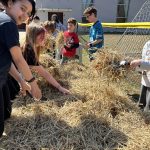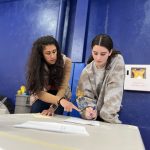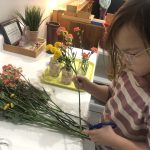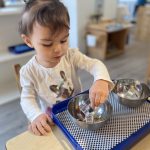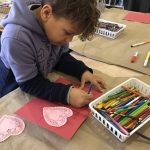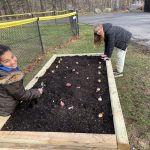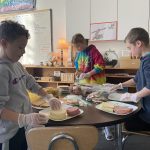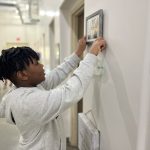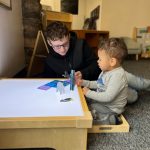As this is the last installment of the Parent Corner for this year, we would like to take this opportunity to express our gratitude for your continued support, participation, and collaboration in your child’s educational journey at FWM.
Summer is a time for relaxation and enjoyment; however, maintaining structure and engaging in educational activities can significantly benefit your child’s development. Therefore, it is essential to emphasize the significance of establishing a summer routine and encouraging summer learning.
A consistent summer routine provides stability and helps children maintain a healthy balance between leisure and productive activities. A schedule incorporating regular sleep patterns, meal times, physical activity, and designated learning periods can contribute to their overall well-being. In addition, it allows them to maintain a sense of discipline and prepares them for the routines they will resume when the new school year begins.
Summer learning plays a vital role in preventing the “summer slide,” a phenomenon where students may experience a decline in academic skills during the extended break. By encouraging your child to participate in educational activities, such as reading, puzzles, and educational games, or even enrolling them in summer enrichment programs, you can help them retain the knowledge they acquired throughout the school year.
Take advantage of the warmer weather and the longer days to engage in outdoor activities that promote learning. For example, visiting museums, exploring nature, embarking on educational field trips, or organizing family discussions about current events can foster critical thinking, curiosity, and a broader understanding of the world.
Your involvement and support motivate your child to embrace summer learning. Please encourage your child’s efforts, celebrate their achievements, and actively engage in their summer learning.
Summer also offers valuable opportunities for relaxation, family bonding, and exploring other interests. It is essential to balance structured learning activities and unstructured playtime. Allowing your child to engage in activities they enjoy and allowing them to explore their interests will foster creativity and a sense of independence.
Looking ahead in the coming weeks to help you plan:
- FWM teachers will send Summer Learning Resources appropriate for your child’s level (LE-MS).
- A Suggested Summer Reading List will be made available to all families.
- Please encourage your children to read daily over the summer. Summer vacation allows us to relax, but it is also a critical time to ensure students keep learning.
- Later in the summer, you will receive new school year instructions and supplies lists for the upcoming school year.
Thank you for your ongoing support, and we wish you and your family a wonderful and enriching summer.
